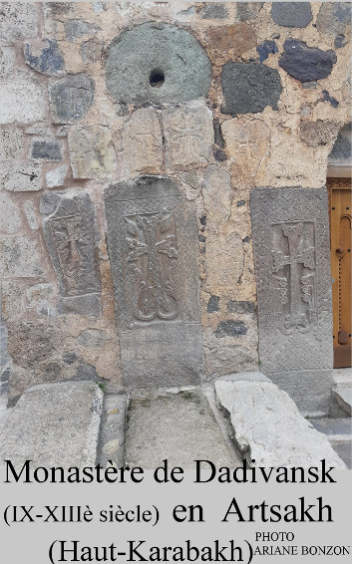In yet another sign of the eurozone members’ inability to stem their regional financial crisis, last week Standard and Poor’s downgraded Spain’s credit rating to AA-. This move has raised new fears about the ability of beleaguered European nations to pay their sovereign debts. And it has revived calls for expanding the International Monetary Fund’s lending capacity to backstop eurozone members. IMF Managing Director Christine Lagarde has argued that the Fund’s readily available war chest of $390 billion would run short should the crisis worsen. Additional resources, perhaps as much as $350 billion, may be needed for precautionary lending to Spain and Italy alone.
This extra arsenal would raise the Fund’s profile further in Europe, where, since early 2010, it has provided a third of the multibillion euro rescues for Greece, Portugal, and Ireland. Such a move would follow the tripling of the IMF’s lending power to $750 billion in 2009. It would also be more modest than then-Managing Director Dominique Strauss-Kahn’s proposal to supersize the Fund by increasing its firepower to $2 trillion.
But key IMF members are balking at increasing the institution’s resources. In mid-October, the G20 finance ministers rejected a proposal to make permanent a special $590 billion pool of Fund resources, which would have raised total lending power to a record $1.3 trillion.
The politics are thorny. The BRICS – Brazil, Russia, India, China, and South Africa – are the main proponents of a funding increase, in part for economic reasons. Despite forecasts by many bullish analysts, emerging markets have not created a new global “supercycle” of widespread growth and prosperity. Instead of becoming decoupled from the advanced economies, emerging economies find themselves held hostage to the transatlantic economic morass. Short of inflationary domestic stimulus, they see in the IMF the best lever to get Europe back on track, reviving global growth and their own economic fortunes.
However, the United States, the United Kingdom, Canada, Japan, and Australia are queasy about ponying up more money, calling instead on Europeans to fix their own problems. U.S. Treasury Secretary Timothy Geithner raised eyebrows recently by calling for the debt-laden Europeans to find their own resources to stimulate their economies.
The Obama administration was the main proponent of expanding the Fund two years ago. But the White House now finds itself up against the U.S. Congress, where resistance to bailouts has only grown since the 1990s large-scale rescues of Mexico and Asian emerging markets. Opposition is reaching a fever pitch as U.S. public debt peaks and many think it is Main Street America, not European welfare states, that should be bailed out.
Overcoming French concerns about U.S. influence via the Fund in Europe, Germany last year demanded the IMF co-manage the eurozone rescues and help design and enforce loan conditions that Europeans would hesitate to prescribe to each other. Berlin, however, worries that a larger Fund would risk moral hazard, encouraging fiscal profligacy in Europe and beyond.
Europe and the United States also agonize over the clout that a larger Fund could lend the BRICS, who would likely foot a large portion of the bill and would then demand more say in how it was used.
But the prolonged crisis casts a dark cloud on the world economy, and Eurozone has proven inept at managing it. Further external pressure would unlikely yield a positive, market-moving policy response. What should be done ?
There is a middle ground between the options of no new resources for the IMF and a supersized IMF. One such option would be for the Fund to systematically leverage the financial reserves of emerging markets and sovereign wealth funds. Another would be to allow individual countries, such as China, to make ad hoc loans to the Fund or to contribute to a Fund-managed temporary special-purpose lending facility dedicated to halting the euro crisis.
Provided the response actually worked, all parties would benefit. Europeans would at last be freed to focus on long-term growth and fiscal targets. For the United States, a robust response would halt a crisis that now fuels fears in the transatlantic financial market and hobbles consumer demand in a leading trading partner, contributing to America’s jobless nonrecovery. It could also give the United States, the Fund’s largest shareholder, greater say in Europe, and be at least somewhat more palatable to Congress than a supersized IMF. Emerging markets would enjoy greater leverage in global affairs they covet.
For the IMF, the extra arsenal could pave the way to an exit from a crisis where its success currently depends on intractable regional politics.
Doing nothing is not an option. Policy uncertainty is poison to financial markets, and decisions must be made at the European Summit this weekend and the G20 Summit on 3-4 November in Paris.
The Fund’s engagement in regional crises makes perfect sense. The Eurozone crisis has painfully revealed the political limits to regional crisis management. Asians or Latin Americans would unlikely be much better at collective action. And the Fund’s technical expertise and its global experience are unrivalled. How to best raise money to handle contagious 21st century crises will take much more creative thinking.

